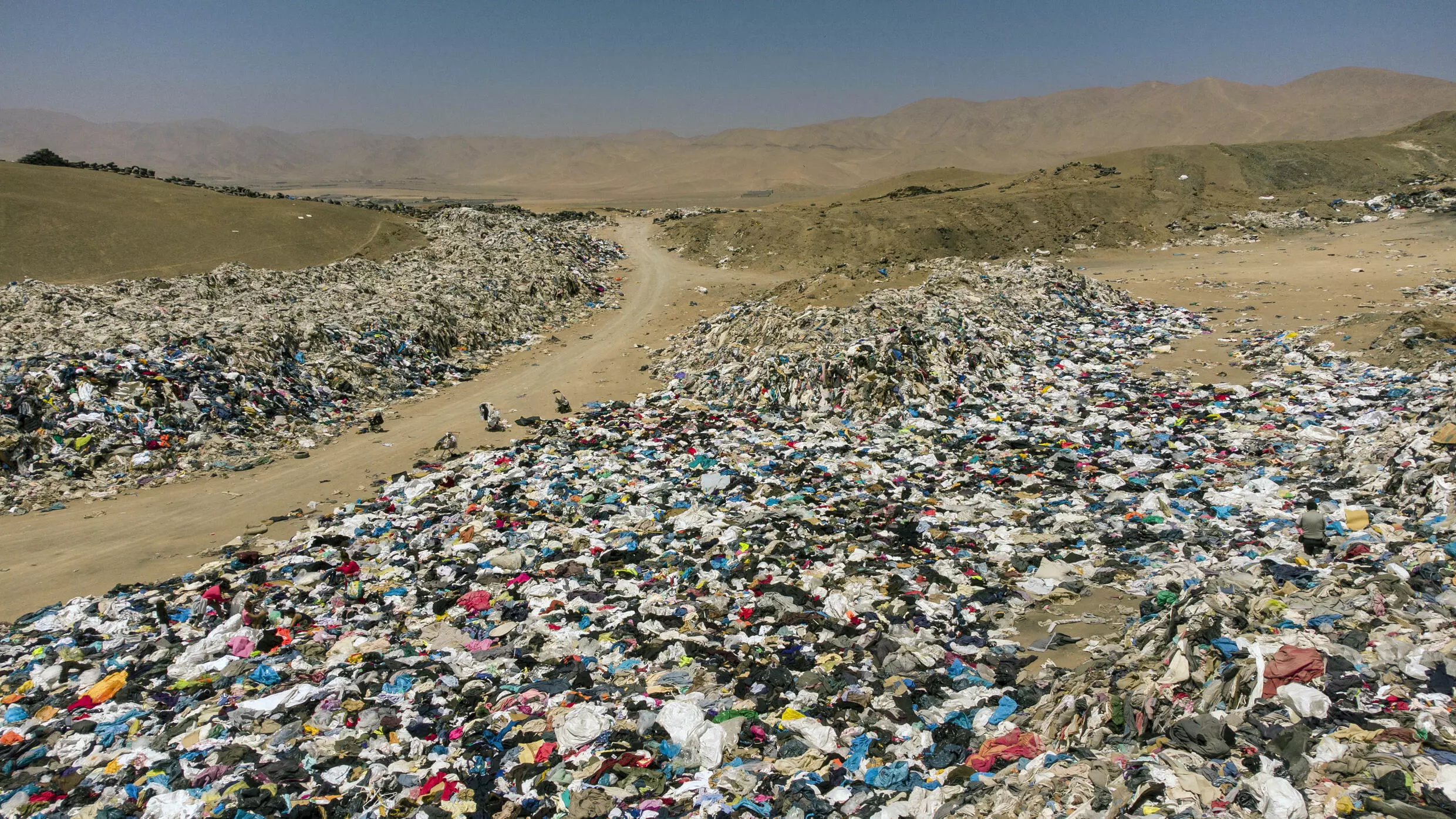Conscious Consumption – A Citizen’s Guide


Black Friday is unashamedly a day centred around the mass production and consumption that is so problematic today. Cue the onset of emails filling up your inbox incentivising you to capitalise on the ‘biggest sale ever’ before it’s ‘too late’. Currently, it is estimated that 30% of clothing made isn’t sold and another 30% is sold at a discount.1
Whilst this day is the ultimate embodiment of overproduction and overconsumption – two of the most poignant barriers to industry progress – these continue to be a problem throughout the year. Suppressing these impulses is certainly no easy feat – we find ourselves in a time where social media platforms are in essence, tailored catalogues presenting alarmingly accurate depictions of the products playing on our minds through targeted ads. Users are constantly in a state of ‘ambient shopping’, however, as we reckon with the ever-urgent climate crisis alongside a whole host of accompanying social issues, we must reset the pace and purpose of our shopping habits.
The current rate of production and consumption cannot be sustained if we are to remain within planetary boundaries. Our Fashion on Climate report indicated that sustainable consumer behaviours have the power to influence 21% of fashion’s carbon emissions.2 As citizens we must now re-evaluate our consumption habits and use our purchasing powers to send a strong signal to the industry. Below, we outline just some of the considerations that citizens can take when doing so.
To understand more about the balance of responsibility in the industry read our article here.
It may seem obvious, but with billions of garments produced annually, and little sign of this growth slowing, addressing rates of consumption is a necessity. As algorithms reinforce the cultural urge to buy, and hauls, reviews, sponsored posts, gifted items and influencer collaborations saturate our feeds, we must take the time to truly consider what we consume. Avoid impulse buys on the basis of deals and short-lived trends and consider the garments already in your wardrobe.
We live in a time of throwaway culture, but what we seem to forget is that clothes don’t just disappear once we’ve grown tired of them – the latest images of Chile’s Atacama Desert show the stark reality of this. We must instead think of every purchase as something to treasure, pass on and look after because there is simply no such thing as ‘away’ once you are finished with something. When you do decide to buy something new, explore the brands taking things a step further, beyond simply mitigating or neutralising negative impacts but rather fostering positive climate results. Looking holistically at brands efforts towards both social and environmental sustainability is vital. You have the ability to be powerful with your purchases. Every time you opt for one garment over another, you incentivise brands to continue with the practices behind the item.

Used clothes discarded in the Atacama Desert, in Alto Hospicio, Iquique, Chile. [Martin Bernetti/AFP]
The prevalence of greenwashing and misleading eco credentials is on the rise which can make shopping sustainably quite the challenge. Instead of taking product claims at face value, to truly discern the impact of a product means exploring detailed policies from brands. Alternatively, apps such as ‘Good On You’ and ‘Renoon’ exist to try and guide users through the true impact of brands – indicating where they perform well and where they perhaps fall short.
Shopping second-hand has never been easier, and this is a powerful way for us all to contribute to a circular economy – giving a new lease of life to garments already in existence, all whilst finding unique pieces for your wardrobe.
One in three young women in Britain consider a garment worn once or twice to be old.3 Shocking as this may seem, action need not entail creative compromise. With throwaway fashion at an all-time high during Christmas party season, there is no better time to rent. Renting not only saves money but allows people to indulge in very trend-forward pieces without having to toss them aside following a few Instagram snaps at an event.
Good care of garments will reap a number of benefits. By ensuring the longevity of your clothing and repairing where you can, you extend the lifetime of what you already own, making garments less likely to end up in landfill. Beyond this, being mindful about the number of times you wash garments will prolong their life, reduce your water consumption and CO2 emissions, and mean that fewer microplastics enter our water ways. Washing clothes is responsible for over a third of microplastics in our oceans.4
Paying close attention to the end-of-life of your clothing is crucial. Consider reselling garments, swapping clothes with friends, or looking into recycling schemes for the clothes that are beyond repair. Be mindful when donating clothing – the second-hand supply chain is complex. Read more here.
Discarding returns is common practice from brands – some 5 billion pounds of waste are generated annually through returns.5 When shopping new it is imperative to ensure correct sizing to avoid the need for returns. EyeFitU feature on Global Fashion Agenda’s Innovation Forum, with a mission to provide the most precise, engaging, and innovative size and fit software available. Through time, this kind of software will hopefully become the norm, making it much easier to be confident about sizing when ordering online.
These are just some of the ways citizens can create an impact when it comes to consumption. Find out more here.
REFERENCES
1. Global Fashion Agenda (2021). Prosperity vs. Growth Explainer video.
2. Global Fashion Agenda (2020). Fashion on Climate.
3. Business of Fashion (2019). The State of Fashion 2019.
4. De Falco, F., Di Pace, E., Cocca, M. et al. (2019). The contribution of washing processes of synthetic clothes to microplastic pollution.
5. BBC Earth (2020). Your brand new returns end up in landfill.